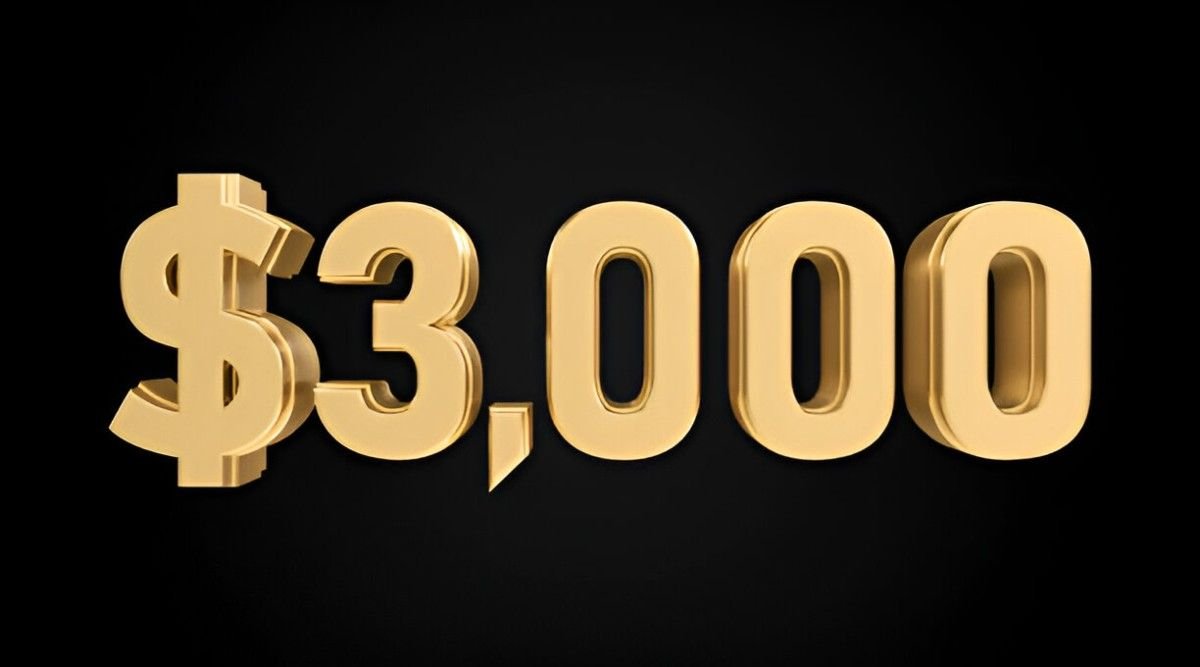As an investor, earning a steady passive income is a common goal. Mutual funds offer a way to achieve this, but generating $3,000 per month requires careful planning, the right fund selection, and an understanding of risk and return dynamics. In this guide, I’ll break down the steps needed to build a mutual fund portfolio that can sustainably produce $3,000 in monthly income, while also addressing tax implications, withdrawal strategies, and alternative approaches.
Table of Contents
Understanding Mutual Fund Income Streams
Mutual funds generate returns in two primary ways:
- Dividends & Interest Income – Some funds (like bond or dividend-focused equity funds) distribute regular payouts.
- Capital Gains Distributions – Funds may distribute profits from selling securities, typically at year-end.
To generate $3,000 a month ($36,000 a year), you need a portfolio structured to deliver consistent cash flow.
Calculating the Required Investment
The exact amount needed depends on the yield of your mutual funds. Yield is the annual income divided by the investment value, expressed as a percentage.
Formula for Required Investment:
Investment = \frac{Desired\ Annual\ Income}{Yield}Example Scenarios:
| Fund Type | Average Yield | Investment Needed for $36k/Year |
|---|---|---|
| Dividend Equity Funds | 3% | $1,200,000 |
| Bond Funds | 4% | $900,000 |
| Balanced Funds | 3.5% | $1,028,571 |
| High-Yield Bond Funds | 5% | $720,000 |
Key Takeaway: The higher the yield, the less capital you need. However, higher yields often come with higher risk.
Choosing the Right Mutual Funds
Not all mutual funds are ideal for income generation. Here’s a breakdown of the best options:
1. Dividend-Paying Equity Funds
- Invest in stocks with strong dividend histories (e.g., S&P 500 Dividend Aristocrats).
- Pros: Potential for growth alongside income.
- Cons: Market volatility can affect principal.
2. Bond Funds
- Government, corporate, or municipal bond funds provide steady interest payments.
- Pros: Lower volatility than stocks.
- Cons: Interest rate risk; lower long-term growth.
3. Real Estate Income Funds (REITs)
- REIT mutual funds pay high dividends (often 4-6%).
- Pros: Strong income potential.
- Cons: Sensitive to economic cycles.
4. Balanced or Income-Focused Funds
- Mix of stocks and bonds designed for steady payouts.
- Pros: Diversification reduces risk.
- Cons: Moderate yields (3-4%).
Tax Considerations
Taxes can significantly impact your net income. Here’s how different funds are taxed:
- Dividends: Qualified dividends are taxed at capital gains rates (0%, 15%, or 20%). Non-qualified dividends are taxed as ordinary income.
- Bond Interest: Typically taxed as ordinary income (except municipal bonds, which are tax-free).
- Capital Gains Distributions: Long-term gains have favorable tax rates.
Strategy: Hold tax-inefficient funds (like bond funds) in tax-advantaged accounts (IRAs, 401(k)s).
Withdrawal Strategies
If you’re not relying solely on distributions, you may need to sell shares periodically. The 4% Rule is a common guideline:
Annual\ Withdrawal = Portfolio\ Value \times 0.04For $3,000/month ($36,000/year), you’d need:
Portfolio\ Value = \frac{36,000}{0.04} = 900,000This approach assumes a balanced portfolio growing over time to sustain withdrawals.
Risks & Mitigation
- Inflation Risk: Over time, $3,000 may lose purchasing power. Consider funds with growing dividends.
- Market Risk: A downturn could reduce portfolio value. Diversification helps.
- Interest Rate Risk: Rising rates hurt bond funds. Short-duration bonds are safer.
Alternative Approach: Systematic Withdrawal Plans (SWPs)
Some mutual funds allow automatic monthly withdrawals. Instead of relying only on dividends, you sell a small portion of shares each month.
Example:
- Portfolio: $900,000
- Annual withdrawal: 4% ($36,000)
- Monthly withdrawal: $3,000
This method provides flexibility but requires monitoring to avoid depleting the portfolio.
Final Thoughts
Generating $3,000 a month from mutual funds is achievable, but the exact path depends on your risk tolerance, time horizon, and tax situation. A balanced approach—mixing dividend stocks, bonds, and systematic withdrawals—can provide stability. Start by assessing your current savings, then build a diversified portfolio aligned with your income goals.





